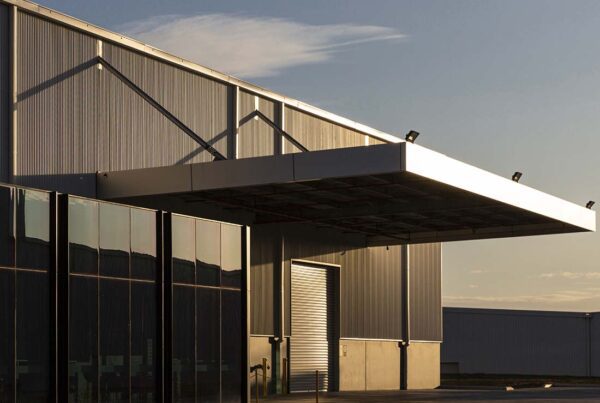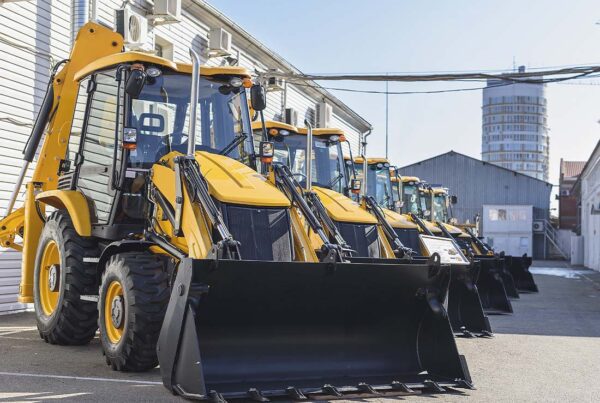
Ask a contractor about the things they have to worry about on a job and the list will be pretty long. Beyond hitting deadlines and making sure everything is going to plan, contractors need to protect equipment and watch the weather.
Since so many building projects come with a layer of complexity, a lot of contractors look to additional insurance policies for increased protection. Some of the more popular are builders’ risk coverage and installation floater insurance. However, for contractors, it can sometimes be hard to choose which coverage—installation floater or builders’ risk—is right for them. You may need both depending on your project.
Here you’ll learn about each type, in addition to some tips on deciding which policy is best for your needs.
What Is Builders’ Risk Coverage?
Builders risk insurance is also commonly known as course of construction coverage. It’s a type of property insurance that offers extra protection on building or construction projects that are underway.
It can cover a single building or multiple, as well as new structures in the midst of construction or undergoing rehabilitation or repair. The coverage typically continues until the building project is complete and is signed off on by the owner.
There are no standardized policy forms for builder’s risk insurance because every construction project is different. Builders’ risk insurance can protect materials, supplies and equipment from accidents, fires or explosions and certain types of weather events. Typically, those who choose to get this type of coverage could suffer financially from accidents, theft or vandalism on a construction site. This usually includes contractors, property owners and even architects.
If something happens that damages the project—a fire, for example—builders’ risk coverage could provide you with funding, up to your policy limit, to help pay for repairs or to reconstruct the damaged area.
What Is Installation Floater Insurance?
While builders’ risk typically covers entire projects, an installation floater protects the tools and materials that contractors use in the course of business. With this coverage, the specific materials and the equipment used for install are covered.
What makes installation floater coverage important for many contractors is it offers protection for materials that are in-transit, not yet installed or in the process of installation. That sort of protection can save a contractor on damages to materials if there’s an accident on site.
For example, you’re a contractor working on a project installing drywall in a commercial building. You’re about halfway through the project, and your extra drywall and tools are stored on site. One night, a fire breaks out on the property in the storage area and your materials and tools are destroyed.
Depending on the policy, your builders’ risk policy might not cover your equipment in this case, but installation floater coverage can offer that extra layer of protection.
Installation Floater vs. Builders’ Risk: How to Choose?
It’s not always easy determining which coverage to choose when you’re starting on a new project. It’s advisable to work with an agent to determine the specifics needed for coverage. You might find that having both types of insurance can give you an added layer of protection that fills in the gaps for the type of work you do.
However, there are a few key differences to keep in mind that can help guide you when it’s time to get coverage:
- Type of project: Builders’ risk coverage is typically much more comprehensive. So, it’s an option for larger projects where you might have a financial stake in the outcome. Installation floater insurance covers the named policyholder for specific materials and equipment on projects named in the policy.
- Your policy coverage: Pay close attention to your builders’ risk coverage, it might have exclusions for types of expensive equipment. In that case, it might make sense to look at an installation floater policy to cover those specific tools and equipment.
Generally, installation floater is less expensive than builders risk insurance because of its more narrow coverage. However, it could leave the contractor more vulnerable to losses that aren’t covered. Installation floater is most appropriate for a contractor who is performing specific installation tasks or a subcontractor who takes on limited risk to perform a specific duty as part of a larger project. For most contractors, the important thing is to determine the coverage that’s going to best fit your needs.




